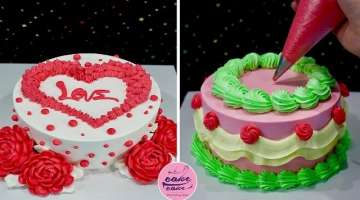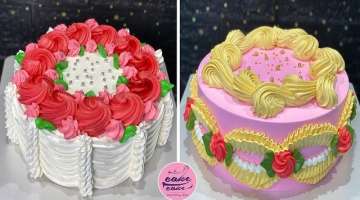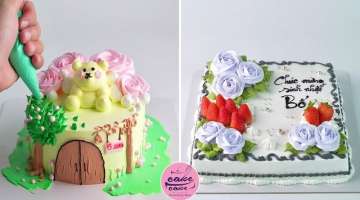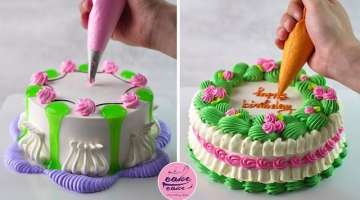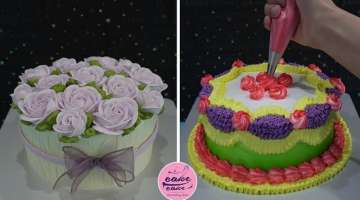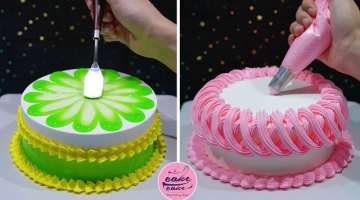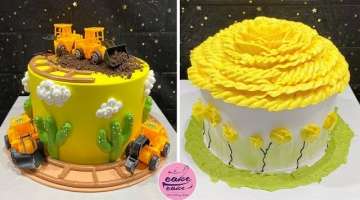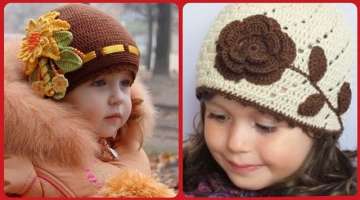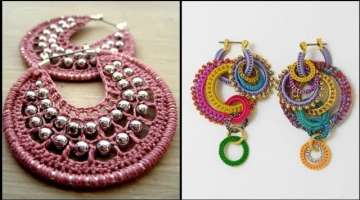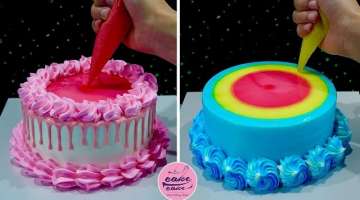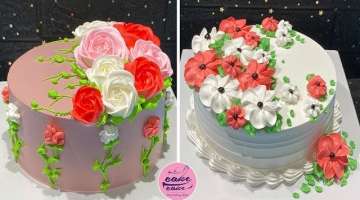4.5 Million Baby Blue Flowers Bloom across Japanese Park like A Never-Ending Sea of Blue Lights
Flowers are an important part of Japanese culture. For every season, there are unique species and varieties that bloom and light up the country, adding a little color to everyone’s life. It’s common to find stunning flower fields in Japan, some of which are government-owned tourist locations and private farmer-owned fields. A lot of them have several species of flowers in different rows, often making a smorgasbord of colors and beauty beyond words.
- 1 | 7

However, if you visit the Hitachi Seaside Park toward the end of the spring, get ready to catch your breath as you'd be thrown into an unending stretch of lovely blue Nemophila flowers [1]. They are pretty common and can be found almost anywhere in Japan, but you can only find an incredible 4.5 million of these flowers in full bloom at the Hitachi Seaside Park.
- 2 | 7

The 190-hectare park in Hitachi features many varieties of seasonal flowers, but one of the best times to visit is late April to mid-May during the Nemophila Harmony. Nicknamed the "baby blue eyes" because of their soft blue hue and eye-like appearance, 4.5 million Nemophilia flowers cover the 3.5-hectare Miharashi hills in the park. The flowers dot every spot of the hills, excluding the walkways, and you can get a great panoramic view at the base level since the hills are about 58m above sea level.
- 3 | 7

On the other hand, you'd be stunned to your heart if you stand at the highest point of the hills, overlooking a wide stretch of gentle blue flowers, highlighted by the blue ocean and the stunningly blue Japan sky. If you ever needed a visual description of picture-perfect, witnessing the Nemophila Harmony could be all you'd ever need to see.
- 4 | 7

Sadly, you might have to wait a little while longer before taking that trip to Japan. Due to the coronavirus pandemic, as of April 4, 2020, the Hitachi Seaside Park was closed until further notice. The park attracts thousands of visitors daily and could potentially expose lots of people to serious risks.
- 5 | 7

You can also grow a field of your own flowers if you have a green thumb. Baby blue eyes are flowers from the Nemophila Menziesii, a flowering plant often used as ground cover or a spill-out plant. The plant is mostly cultivated for the lovely flowers, and it's quite easy to maintain.
- 6 | 7

The Menzies' Baby blue is an annual plant and doesn't usually last through the winter, so it's best planted in early spring to bloom all through summer. If you're in the USDA hardiness zones 2-10, the plants would fare well in your garden. When the flower blooms, the petals completely cover the tiny stems, and while the plant is very small in size, it's mostly never grown indoors.
- 7 | 7

The plants don't require fertilizer as they grow but you might want to add a little before you plant the seeds. They require plenty of water during germination, especially during the first six weeks, but cut back when they are in bloom. Avoid cultivating the plants under direct sunlight as a partial shade is the best bet. Pests and disease infestation are not major problems with these plants since they do not live very long.
